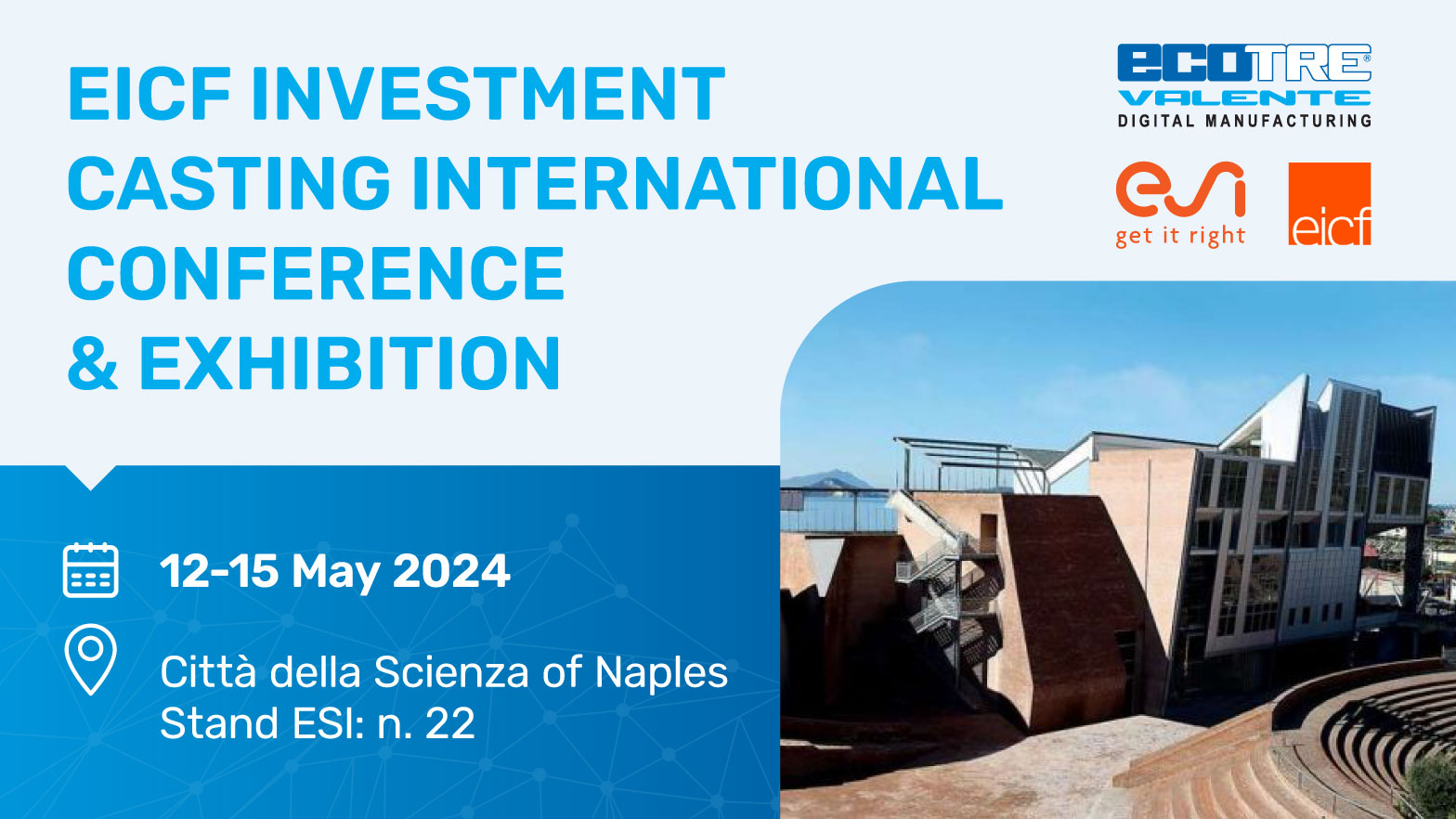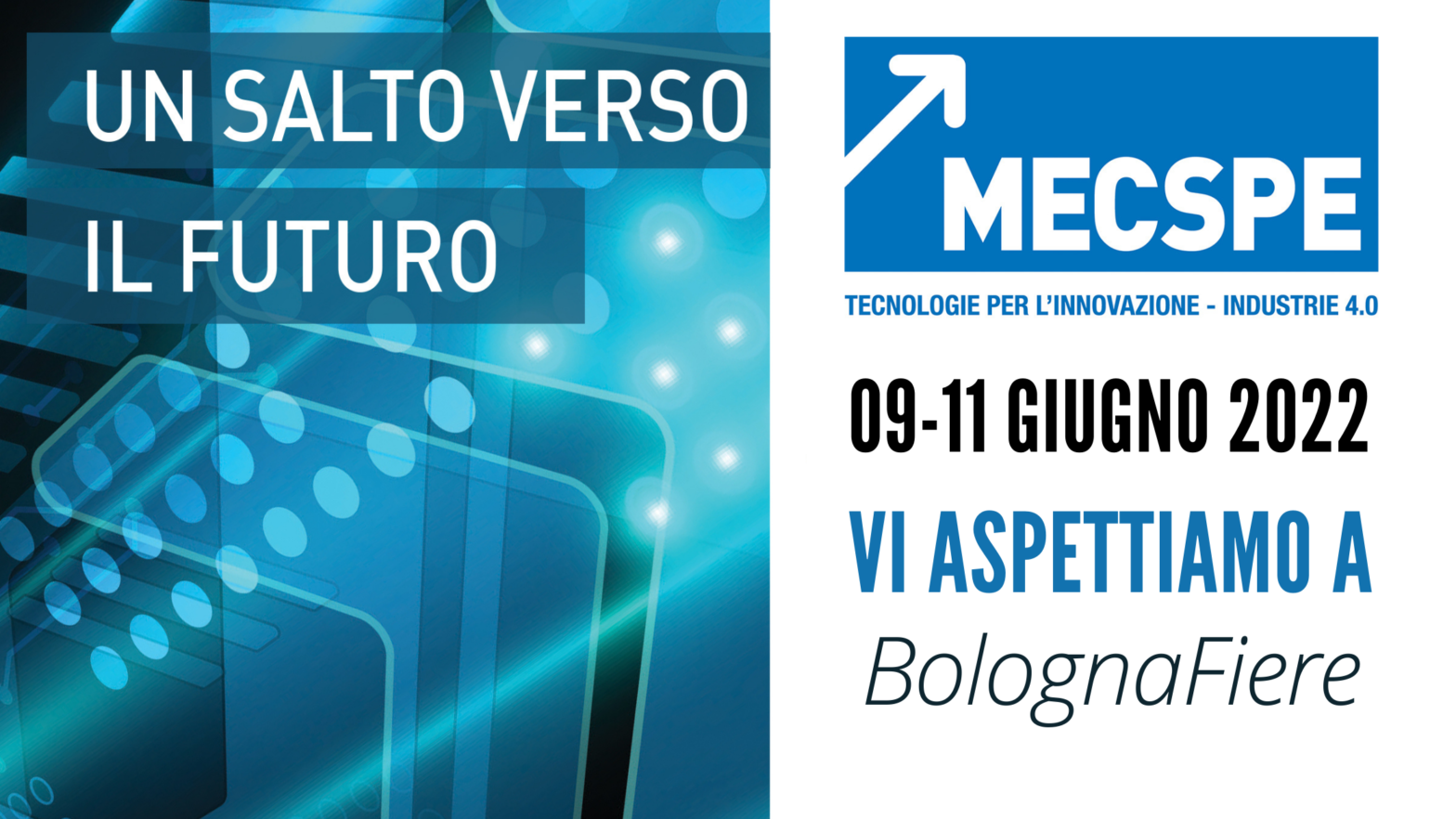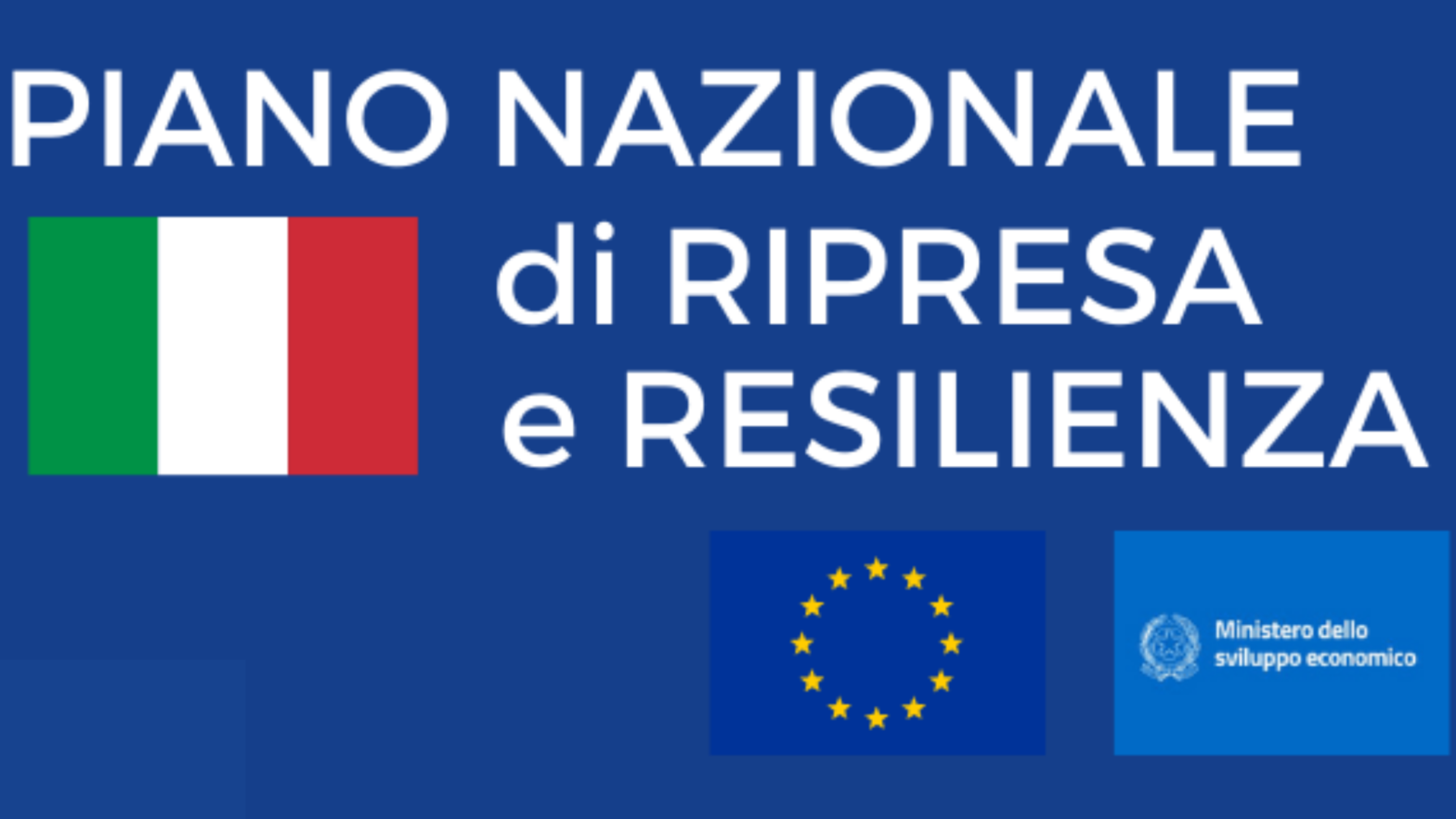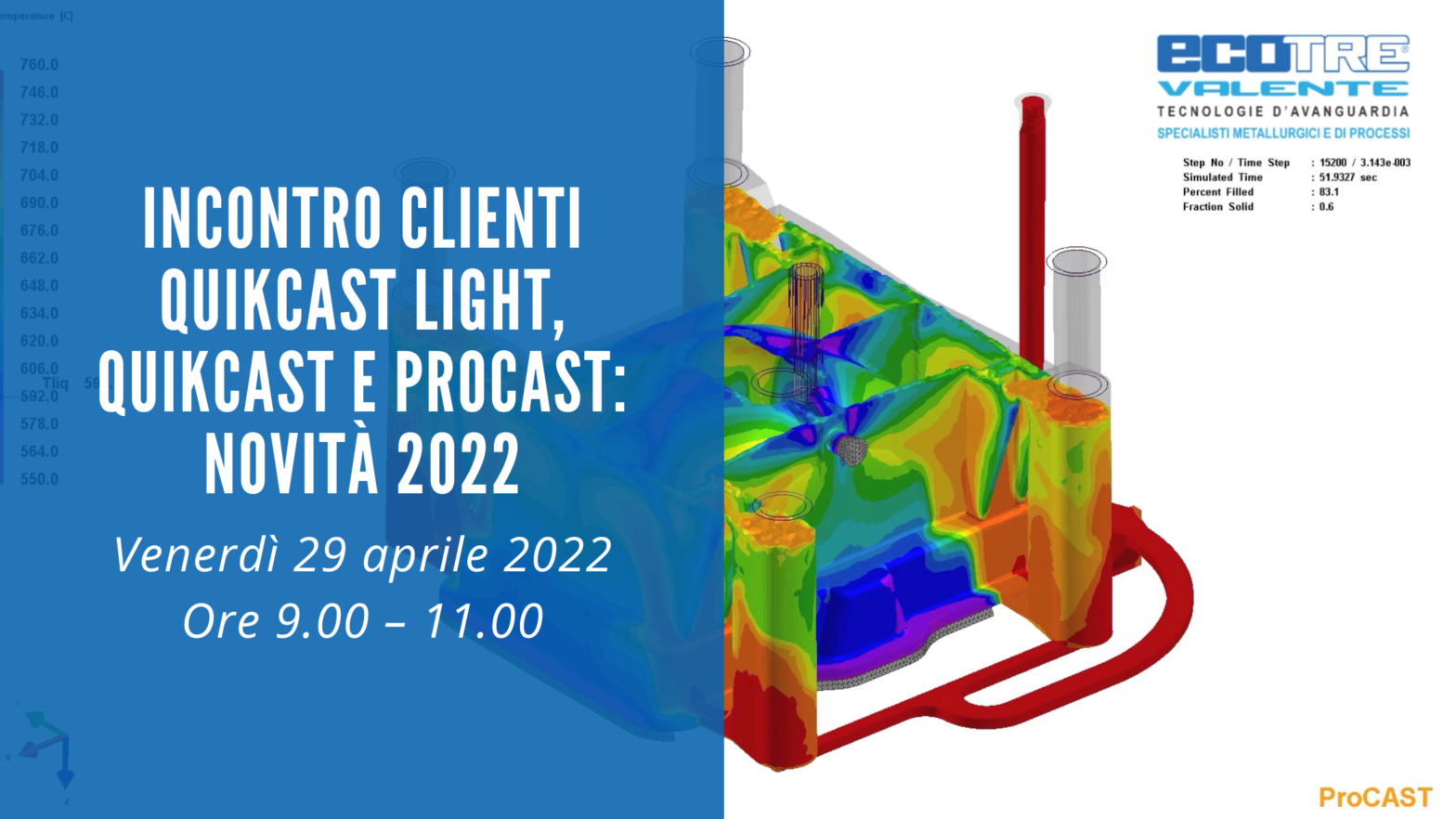QuikCAST and ProCAST Software Benefits
- Quality improvement
- Optimization and saving in the design
- Improvement of production
- Enhanced precision
- Flexibility of use
- Reduction of calculation times
- Reduction of production rejects
- Saves money
Investment Casting: What it is
The investment casting process, also called lost wax microfusion, begins by building the mould to produce wax models. Afterwards the wax models, obtained by injecting semi liquid wax into the mould using special presses, are assembled on supports forming the so-called cluster and spouts are added. The cluster is submerged several times in a ceramic blend, coated with refractory and dried materials. It is then inserted in an autoclave to melt and for the wax to come out and then fired in a heating furnace. The molten metal is poured into the ceramic shell, and, after solidification and cooling, the cluster is released from the ceramic shell, sanded and truncated, thus obtaining a casting ready for the following treatments and processes.
Investment Casting Simulation: How it works
Lost wax casting simulation, starting from the creation of the shell to spillage in the atmosphere or vacuum.
In Investment Casting, radiation is a decisive factor in the evolution of solidification and the formation of shrinkage porosity. This is why ProCAST is the only simulation software capable of taking account of two radiation elements: emissivity and view factors.
ProCAST can automatically generate a mesh representing the shell mould suitable for Investment Castings & Shell Moulding processes.
Furthermore, it has dedicated features to address the specific needs of investment casting foundries, like allowing for non-uniform shell thickness to be blended and multiple shell layers to be created. Also, radiation with view factors, including shadowing effects critical for high-temperature alloys, are considered.
ProCAST is the most advanced Investment Casting simulation software. It offers a complete suite of modules and foundry tools to meet all of today’s industrial requirements. Based on the powerful finite element technology (FEM), ProCAST allows performing predictive evaluations of the entire process of the casting, including filling and solidification defects, mechanical properties and the complex distortion of the part. It allows you to quickly view the effects of design modifications and provides a basis for a correct decision-making process, from the initial production stages. ProCAST can model all casting processes of all pourable alloys, and also addresses other important production processes of the foundry, such as core blowing and heat treatment.
ProCAST Investment Casting simulation software was designed to help the user cut costs and reduce time to market.
For the purchase, hire or a DEMO of the software or if you want to take advantage of a simulation service specially-made by our technical department, write or call us at +39 030 3365383
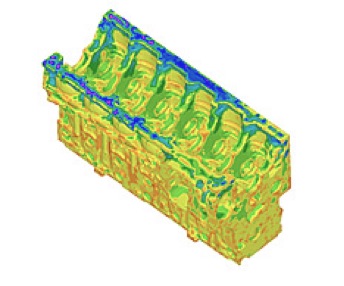
ELONGATION
The software can provide the elongation % map
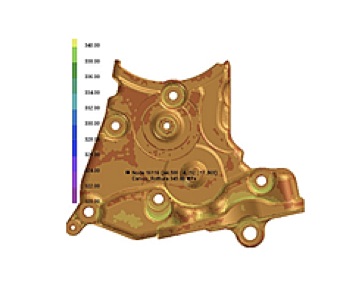
ULTIMATE TENSILE STRENGTH
The simulator provides the map of the Ultimate Tensile Strength of the Component “As Cast” and after Heat Treatment

YIELD STRESS
The simulator provides the map of the Yield Stress of the Unfinished Component and after Heat Treatment

HARDNESS
The simulation can indicate the Hardness that can be obtained and its profile through its thickness

SDAS
The casting simulator shows the map of the SDAS (Secondary Dendrite Arm Spacing), a useful indicator of component performance

GAS POROSITY
Map of Porosity from Gas encapsulated during filling. Reduction of mechanical and bonding performance of the component

OXIDES
The alloy oxidizes during filling and the simulation points out where the oxides hide and where they move during filling

DELAMINATIONS
The simulator shows the delaminations, related to imperfect bonding of the alloy during filling

INCOMPLETENESS
Incomplete pieces or with joinings and retrieved lines
Undersized gating system or incorrect gas exhaust

SHRINKAGE POROSITY
Map of Shrinkage Porosity.
Geography and Dimension of defect in mm3.

CRACKS
Map of hot and cold cracks on casting

DIMENSIONAL
Dimensions and deformations of piece during solidification, extraction, cooling, blanking and any heat treatment

CO-DESIGN
Eliminate defects by acting on the causes and not on the effects

ALLOYS
Impact of the alloy on the mechanical features and on the defects

CHEMICAL ANALYSIS
QuikCAST Light, QuikCAST and ProCAST characterise the alloy initiating from the chemical analysis. Assessment, for example, of the consequences of the addition of 200 ppm of Strontium
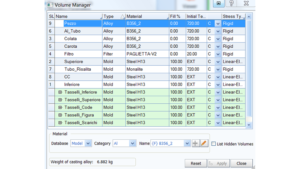
DATABASE
Complete archive of mould steels, sands, cores, insulation and exothermic sleeves, chillers, shells

DESCRIPTION
The simulation allows you to set a preview of the ideal process parameters for production of the component. This way the actual sampling underwent a positive result by eliminating fine tunings for the correct set of process parameters. Furthermore, the Optimizer Module of the software automatically defines the minimum and maximum ranges of the parameters guaranteeing the consistency and stability of the process.

DIE
The casting simulation shows the thermal die cycling simulation, the conditioning or thermal circuits, lubrication, deformation and die duration

PLATE
Optimization of the plate, positioning of the chillers, sleeves, filters and die assembly of the cores. Maximum yield.

CASTING MACHINE
The casting simulation allows you to know the required casting machine and therefore the tonnes necessary

SYSTEM
Simulation of the entire injection cycle, complete with container, riser tube, tipping, automatic, manual system
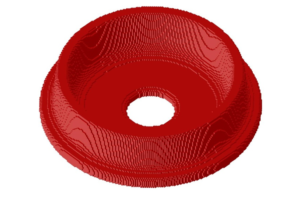
FINITE VOLUMES
The finite volumes or Finite Differences Technology is the introductory technology to casting simulation.
QuikCAST

FINITE ELEMENTS
The Finite Elements Technology is the top technology that provides the maximum performance of the casting simulator.
ProCAST





